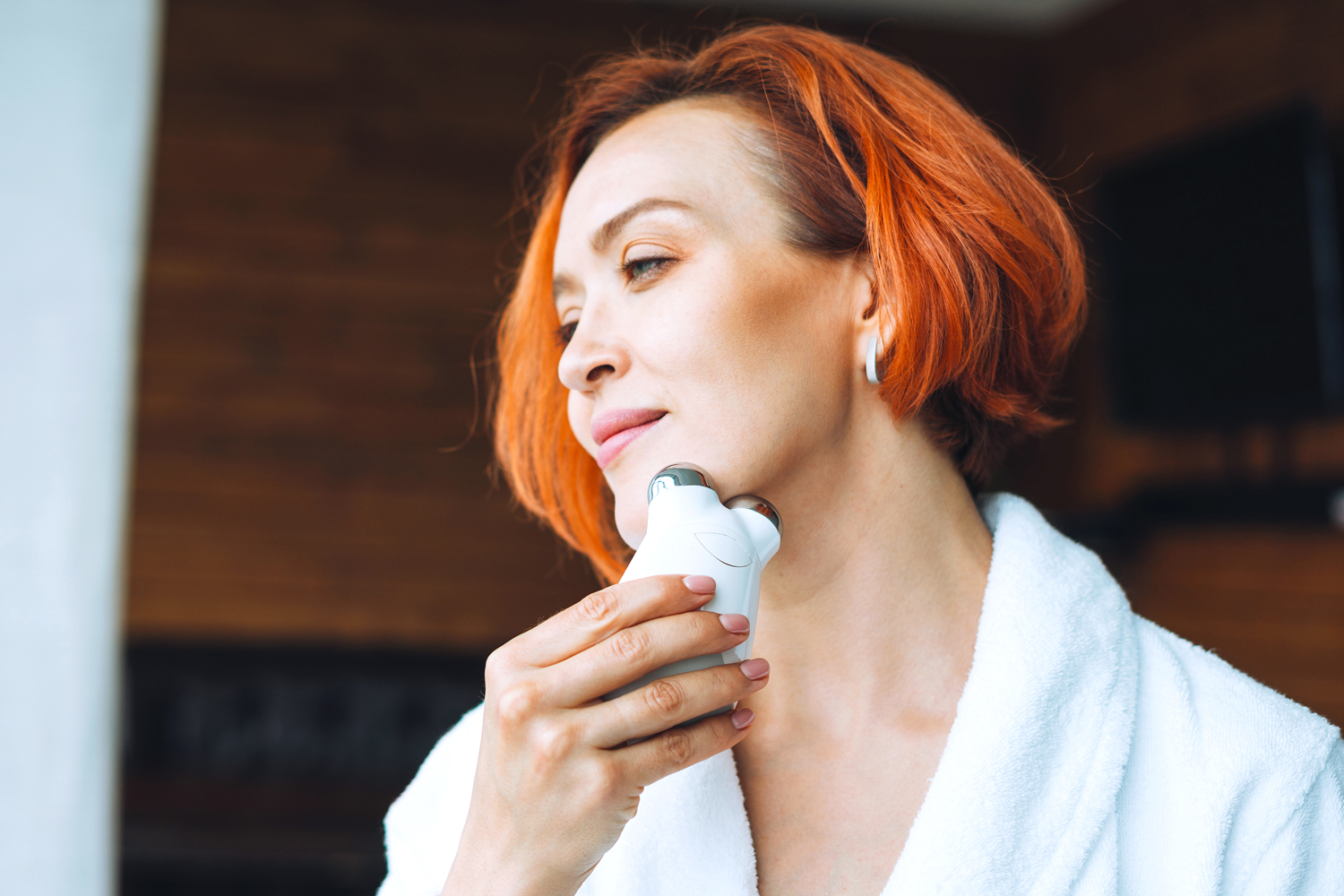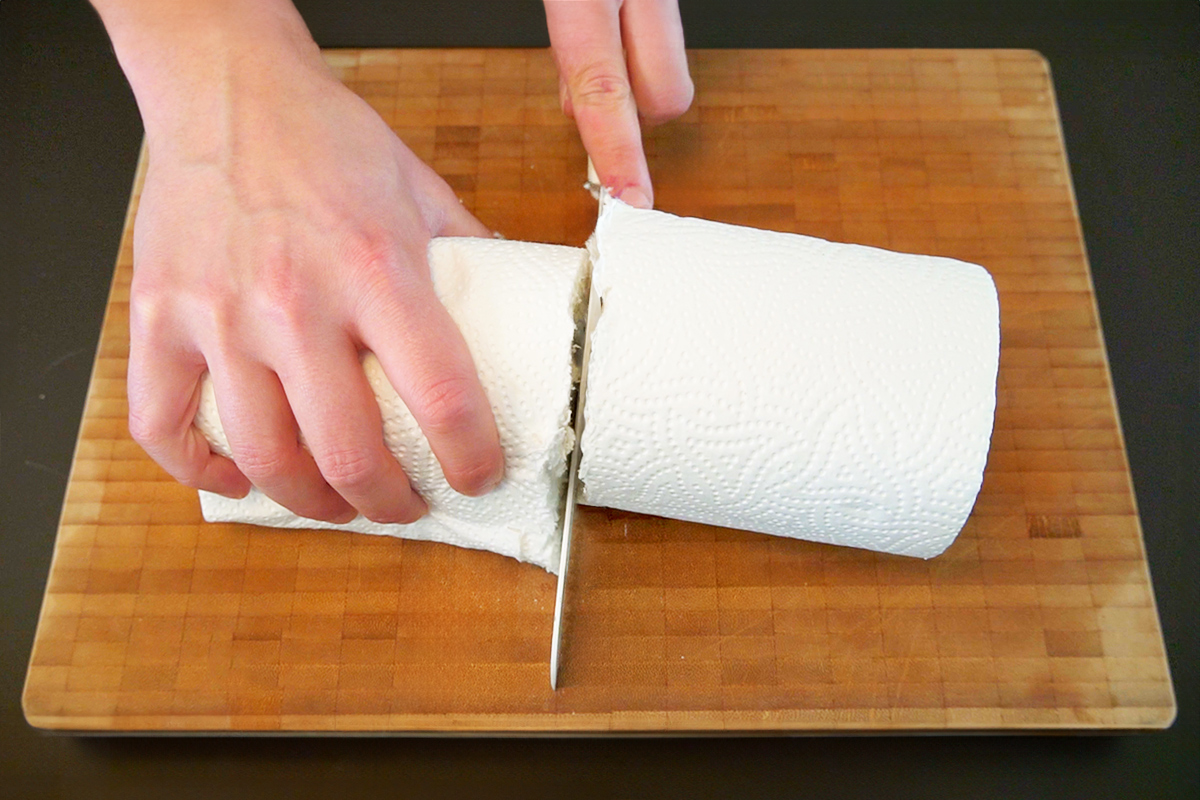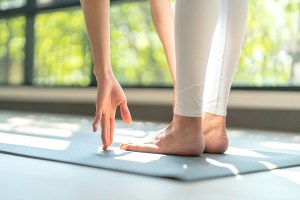We independently evaluate all recommended products and services. If you click on links we provide, we may receive compensation.
Cleanser, moisturizer, and a little electricity: Battery-powered devices bring a piece of the dermatologist’s office to your home, and there are plenty to choose from. Some of the most common are microcurrent devices, which are like a cheat code to lifted, firmer-looking skin. And yes, they can work.
“Microcurrent utilizes low- to medium-frequency pulse electric currents to stimulate the skin, fibrous tissue, and muscles. It promotes tissue repair [and can help] increase muscle tone and thickness,” Robyn Gmyrek, M.D., a New York-based, board-certified dermatologist explains. “This can result in improvement in skin tightness and reduced wrinkles.” A more intense version of this kind of treatment is offered in a dermatologist’s office, but if you don’t have the budget or time to keep up with appointments, this at-home tool can be a useful way to take your routine to the next level.
So, how do you find a good microcurrent device? Before you start, do your research. “Choose a well-established brand with positive reviews from users and experts,” Dr. Gmyrek advises. In that same vein, look for devices that have FDA approval. Be sure it comes with a conductive gel, which Dr. Gmyrek says helps the device “properly transmit the microcurrent.” Your tool should also have a number of intensity levels and, if you’re interested, multiple functions. There are microcurrent devices that include features such as LED light therapy, which is a great 2-for-1 option.
To make sure your microcurrent device gives you the skin-firming results you’re looking for, use it properly and consistently. According to Dr. Gmyrek, that means daily use or three to five times a week, depending on the instructions. “Think of this like the gym: If you don’t go consistently, you will lose the benefits,” she says. “Be honest with yourself; if you are not going to actually use it, don’t bother spending the money — save it for in-office treatments instead.”
It’s also important to avoid overusing your device. Once a day is fine, but going a little too hard with microcurrents can irritate your skin, Dr. Gmyrek says. Also: These tools put electricity through your skin, so certain people will need to be extra careful when using them. “Patients with epilepsy, pacemakers, defibrillators, and/or other implantable devices should avoid using,” Dr. Gmyrek says.
This article is for general informational purposes only.
Affiliate Disclaimer Medical Disclaimer
















 Unique Beauty is free for all users.
Unique Beauty is free for all users.